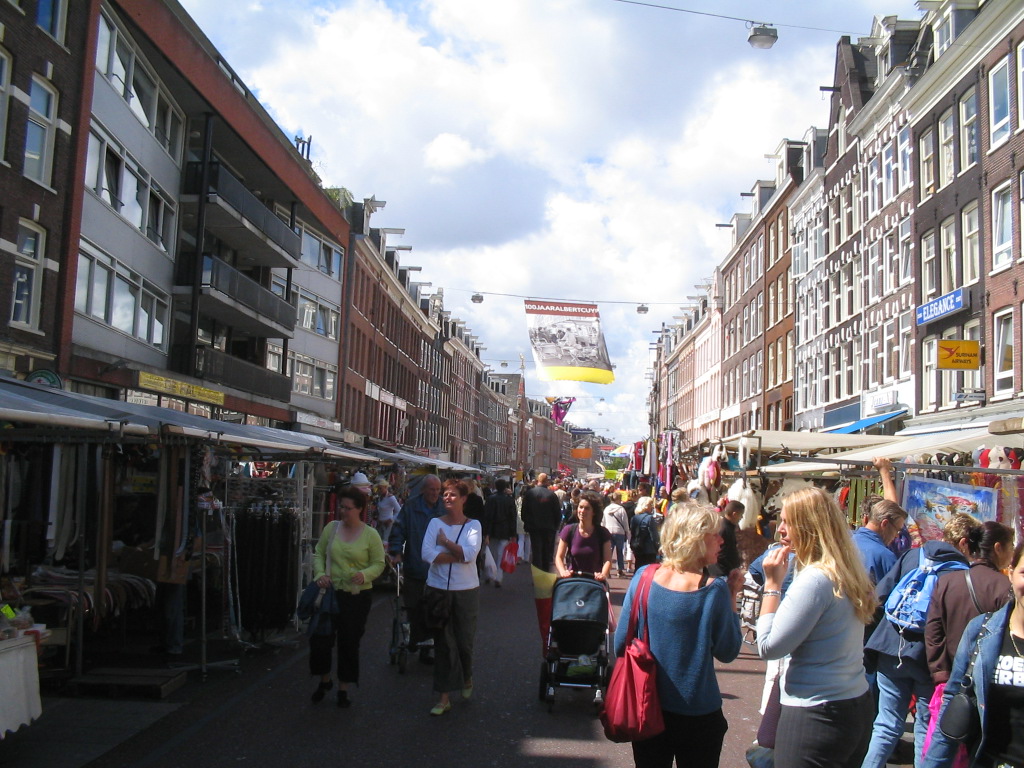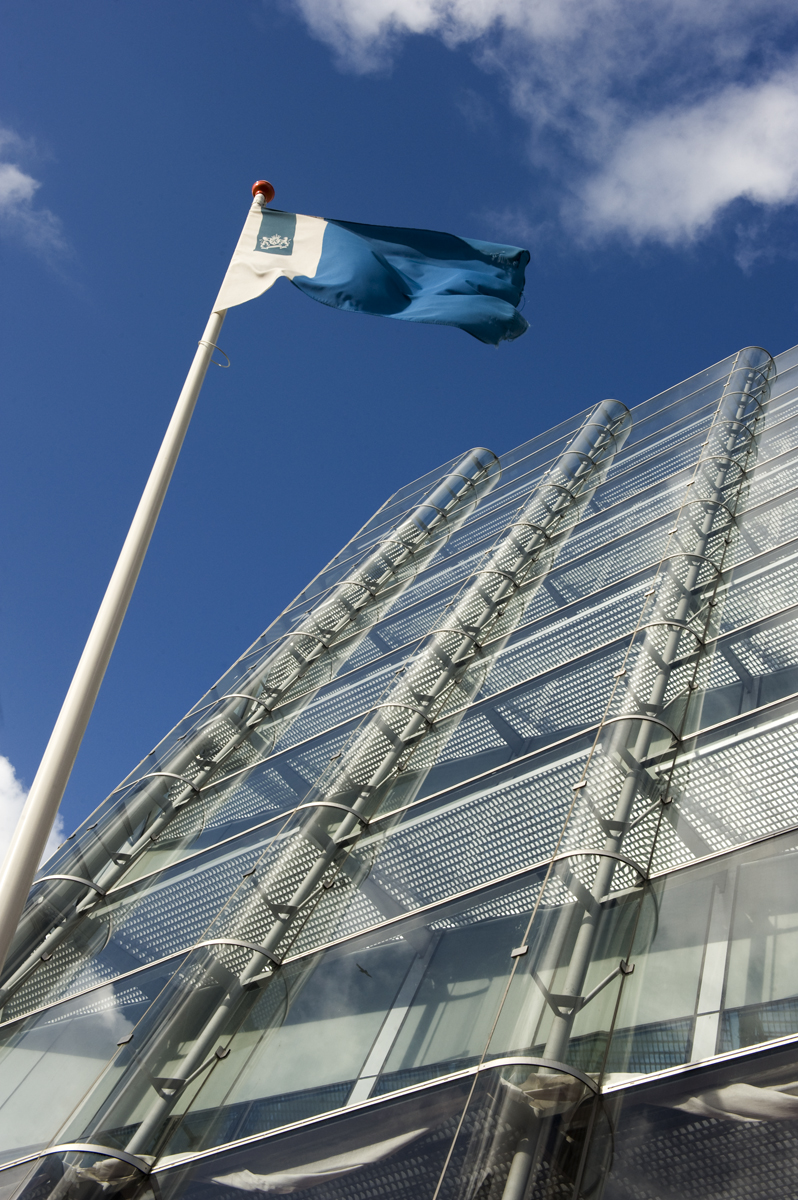|
Stadsbank Van Lening, Amsterdam
The Stadsbank van Lening () is a not-for-profit city Bank van Lening dating from 1614 on the Oudezijds Voorburgwal in Amsterdam, Netherlands. It is the oldest credit distributor in Amsterdam and today has about 85 employees working here and in offices on the Albert Cuypstraat, Bijlmerplein and Osdorpplein. History The bank was built in 1614 as a conversion of an old warehouse used by the poorhouse O.Z. Huiszittenhuis that had been used to store peat for the inhabitants.Monumentnummer: 6159 Oudezijds Voorburgwal 300 1012 GL te Amsterdam (in Dutch), Rijksdienst voor het Cultureel Erfgoed. Retrieved 1 April 2019. In 1658 the poet Joost van den Vondel became a clerk there. He worked a total of 10 years for the bank and his "bank chair" has been kept. Text above ...
|
Bank Van Lening
{{unreferenced, date=June 2021 A Bank van Lening is a Dutch term for an early type of bank that functioned similarly to a Mount of Piety (Dutch: Berg van Barmhartigheid). It was usually called the " lommerd". Examples were: *Stadsbank van Lening, Amsterdam The Stadsbank van Lening () is a not-for-profit city Bank van Lening dating from 1614 on the Oudezijds Voorburgwal in Amsterdam, Netherlands. It is the oldest credit distributor in Amsterdam and today has about 85 employees working here and in of ... * Bank van Lening, Haarlem * Stadsleenbank Delft Banking in the Netherlands History of banking Medieval banking Pawn shops ... [...More Info...] [...Related Items...] OR: [Wikipedia] [Google] [Baidu] |
Oudezijds Voorburgwal
The Oudezijds Voorburgwal, often abbreviated to OZ Voorburgwal, is a street and canal in De Wallen in the center of Amsterdam. The OZ Voorburgwal runs from the Grimburgwal in the south to the Zeedijk in the north, where it changes into the Oudezijds Kolk, which drains into the IJ. The bridge over the OZ Voorburgwal between Damstraat and Oude Doelenstraat (bridge 204) forms a clear dividing line between the noisy northern Wallendeel and the quiet southern part. It is one of the most famous streets of the Red Light District, full of sex shops, window prostitutes, peep shows, brothels, bars and coffee shops. The Bulldog has several branches and a hotel here. The canal is also lined with monumental canal houses from the Dutch Golden Age, and the remains of the many monasteries that were located here in the Middle Ages. History The OZ Voorburgwal was originally a creek that was later dug into a canal around the eastern part of the city, the old side. Before 1385 the Amstel divid ... [...More Info...] [...Related Items...] OR: [Wikipedia] [Google] [Baidu] |
Amsterdam
Amsterdam ( , , , lit. ''The Dam on the River Amstel'') is the Capital of the Netherlands, capital and Municipalities of the Netherlands, most populous city of the Netherlands, with The Hague being the seat of government. It has a population of 907,976 within the city proper, 1,558,755 in the City Region of Amsterdam, urban area and 2,480,394 in the Amsterdam metropolitan area, metropolitan area. Located in the Provinces of the Netherlands, Dutch province of North Holland, Amsterdam is colloquially referred to as the "Venice of the North", for its large number of canals, now designated a World Heritage Site, UNESCO World Heritage Site. Amsterdam was founded at the mouth of the Amstel River that was dammed to control flooding; the city's name derives from the Amstel dam. Originally a small fishing village in the late 12th century, Amsterdam became a major world port during the Dutch Golden Age of the 17th century, when the Netherlands was an economic powerhouse. Amsterdam is th ... [...More Info...] [...Related Items...] OR: [Wikipedia] [Google] [Baidu] |
Netherlands
) , anthem = ( en, "William of Nassau") , image_map = , map_caption = , subdivision_type = Sovereign state , subdivision_name = Kingdom of the Netherlands , established_title = Before independence , established_date = Spanish Netherlands , established_title2 = Act of Abjuration , established_date2 = 26 July 1581 , established_title3 = Peace of Münster , established_date3 = 30 January 1648 , established_title4 = Kingdom established , established_date4 = 16 March 1815 , established_title5 = Liberation Day (Netherlands), Liberation Day , established_date5 = 5 May 1945 , established_title6 = Charter for the Kingdom of the Netherlands, Kingdom Charter , established_date6 = 15 December 1954 , established_title7 = Dissolution of the Netherlands Antilles, Caribbean reorganisation , established_date7 = 10 October 2010 , official_languages = Dutch language, Dutch , languages_type = Regional languages , languages_sub = yes , languages = , languages2_type = Reco ... [...More Info...] [...Related Items...] OR: [Wikipedia] [Google] [Baidu] |
Albert Cuypstraat
The Albert Cuyp Market is a street market in Amsterdam, The Netherlands, on the Albert Cuypstraat between Ferdinand Bolstraat and Van Woustraat, in the De Pijp area of the Oud-Zuid district of the city. The street and market are named for Albert Cuyp, a painter from the 17th century. The market began as an ad hoc collection of street traders and pushcarts. By the beginning of the 20th century, this had become so chaotic that in 1905, the city government decided to set up a market, at first only held on Saturday evenings. In 1912, the market became a daytime market open six days a week. Originally the street was accessible while the market was taking place, but more recently the street has been completely closed off to traffic during market hours. The product selection at the market varies from the traditional range of vegetables, fruit and fish to clothing and even cameras. There are many products sold that are of interest to the city's residents of Surinamese, Antillean, ... [...More Info...] [...Related Items...] OR: [Wikipedia] [Google] [Baidu] |
Peat
Peat (), also known as turf (), is an accumulation of partially decayed vegetation or organic matter. It is unique to natural areas called peatlands, bogs, mires, moors, or muskegs. The peatland ecosystem covers and is the most efficient carbon sink on the planet, because peatland plants capture carbon dioxide (CO2) naturally released from the peat, maintaining an equilibrium. In natural peatlands, the "annual rate of biomass production is greater than the rate of decomposition", but it takes "thousands of years for peatlands to develop the deposits of , which is the average depth of the boreal orthernpeatlands", which store around 415 gigatonnes (Gt) of carbon (about 46 times 2019 global CO2 emissions). Globally, peat stores up to 550 Gt of carbon, 42% of all soil carbon, which exceeds the carbon stored in all other vegetation types, including the world's forests, although it covers just 3% of the land's surface. ''Sphagnum'' moss, also called peat moss, is one of th ... [...More Info...] [...Related Items...] OR: [Wikipedia] [Google] [Baidu] |
Rijksdienst Voor Het Cultureel Erfgoed
Rijksdienst voor het Cultureel Erfgoed (RCE, Cultural Heritage Agency of the Netherlands) often abbreviated as Cultureel Erfgoed, is a Dutch heritage organisation working for the protection and conservation of National Heritage Sites. It is located in Amersfoort, province of Utrecht. Responsibilities Cultureel Erfgoed is a department of the Dutch Ministry of Education, Culture and Science. Their responsibilities include managing the official list of Rijksmonumenten known as the ''Monumentenregister'', (the storage and restoration of) the National art collection of the Netherlands, the National Archaeological Ship storage and fleet, and ''Archis'', the central archaeological information system. They also subsidize grants in the fields of both movable and immovable cultural heritage. The RCE carries out the Dutch law known as the "Monumentenwet 1988" (English: ''Cultural property law''), and wherever registered cultural heritage is threatened, the department takes action, whether b ... [...More Info...] [...Related Items...] OR: [Wikipedia] [Google] [Baidu] |
Joost Van Den Vondel
Joost van den Vondel (; 17 November 1587 – 5 February 1679) was a Dutch poet, writer and playwright. He is considered the most prominent Dutch poet and playwright of the 17th century. His plays are the ones from that period that are still most frequently performed, and his epic ''Joannes de Boetgezant'' (1662), on the life of John the Baptist, has been called the greatest Dutch epic. Vondel's theatrical works were regularly performed until the 1960s. The most visible was the annual performance, on New Year's Day from 1637 to 1968, of '' Gijsbrecht van Aemstel''. Vondel remained productive until a very old age. Several of his most notable plays like ' and ' were written after 1650, when he was already 65, and his final play ', written at the age of eighty, is considered one of his finest. Early life Vondel was born on 17 November 1587 on the Große Witschgasse in Cologne, Holy Roman Empire. His parents, Joost van den Vondel the Elder and Sara (née Kranen), were Mennonites of ... [...More Info...] [...Related Items...] OR: [Wikipedia] [Google] [Baidu] |
Amsterdam - Stadsbank Van Lening - Gate
Amsterdam ( , , , lit. ''The Dam on the River Amstel'') is the capital and most populous city of the Netherlands, with The Hague being the seat of government. It has a population of 907,976 within the city proper, 1,558,755 in the urban area and 2,480,394 in the metropolitan area. Located in the Dutch province of North Holland, Amsterdam is colloquially referred to as the " Venice of the North", for its large number of canals, now designated a UNESCO World Heritage Site. Amsterdam was founded at the mouth of the Amstel River that was dammed to control flooding; the city's name derives from the Amstel dam. Originally a small fishing village in the late 12th century, Amsterdam became a major world port during the Dutch Golden Age of the 17th century, when the Netherlands was an economic powerhouse. Amsterdam is the leading center for finance and trade, as well as a hub of production of secular art. In the 19th and 20th centuries, the city expanded and many new neighborhoods and ... [...More Info...] [...Related Items...] OR: [Wikipedia] [Google] [Baidu] |
Pledge (law)
A pledge is a bailment that conveys possessory title to property owned by a debtor (the ''pledgor'') to a creditor (the ''pledgee'') to secure repayment for some debt or obligation and to the mutual benefit of both parties. The term is also used to denote the property which constitutes the security. The pledge is a type of security interest. Pledge is the ''pignus'' of Roman law, from which most of the modern European-based law on the subject is derived, but is generally a feature of even the most basic legal systems. It differs from hypothecation and from the more usual mortgage in that the pledge is in the possession of the pledgee. It is similar, however, in that all three can apply to personal and real property. A pledge of personal property is known as a pawn and that of real property is called an antichresis. In earlier medieval law, especially in Germanic law, two types of pledge existed, being either possessory (cf. Old English ''wed'', Old French ''gage'', Old High Germ ... [...More Info...] [...Related Items...] OR: [Wikipedia] [Google] [Baidu] |


.jpg)

.jpg)
